Jyoti Menon is a product management, strategy, and development professional with 20 years of experience in delivering next-generation financial services products. She has developed strategy and led execution for large-scale, global products through her ability to define vision, collaborate across multiple teams, and work through changing environments and priorities. Jyoti is Vice President, Product — Service and Engagement at Bread Financial.
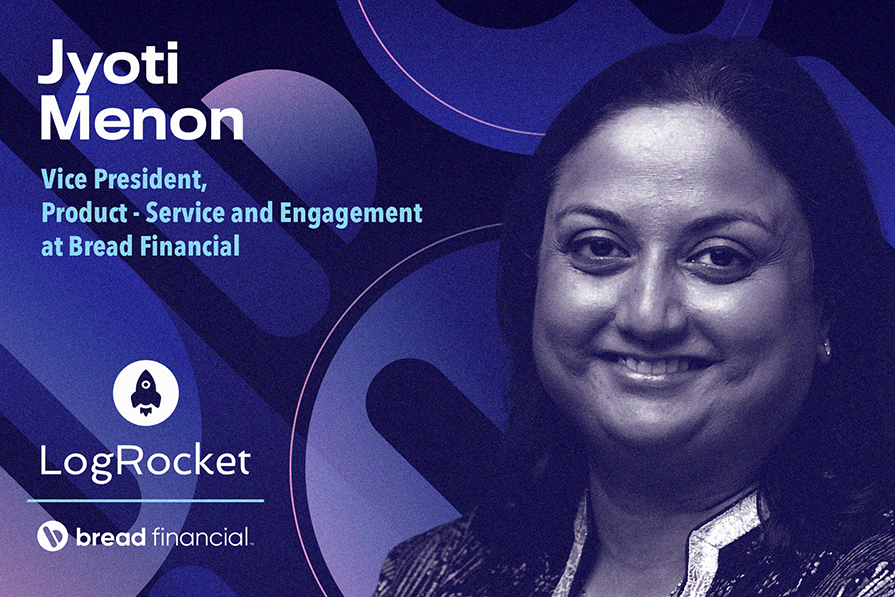
Prior to Bread Financial, Jyoti was Director and Head of Digital Wallets/eCommerce, Bill Payments, and Funding at Citi. She has also held roles at American Express and Goldman Sachs. Jyoti has her MIA from the School of International and Public Affairs at Columbia University and holds her Bachelor’s degree from Barnard College, Columbia University.
In our conversation, Jyoti talks about how trust is not only a value proposition for Bread Financial, but a pillar of what drives the product and overall decision-making. She discusses the importance of balancing modern product elements like speed, user experience, communications, and privacy. Jyoti also shares how the banking landscape has changed with new players and technologies.
Competition has definitely changed. 10–15 years ago, the main financial competitors were Citi, Amex, Chase, and other big banks. Now, we compete with anyone who creates digital solutions. Consumer expectations have changed the landscape so much.
As a general example, if you had to go somewhere in 2009, you’d go to MapQuest and either write down the directions or print them out. Today, if you have to be somewhere in 20 minutes, you’re likely not thinking about any of that. You just look at Google Maps, it tells you where to go, and that’s the entire experience.
Whether shopping online or paying a credit card bill, everyone is now used to instant gratification. No one will accept a slower experience nowadays, so we have to meet those expectations. That’s been a shift in terms of how we think about building digital solutions and how consumers engage with products.
A lot of aspects of the ecosystem and experience are different. The wallets are the channels for the payments, but the underlying card products are owned by the Issuers. They’re providing you with another wallet that’s in your phone instead of your pocket. That creates a symbiotic relationship where we have to partner and make it easy for our customers to use our card. As a result, it becomes more important for issuers like us to have a better value proposition in the actual card product because it can be used in so many different channels.
Having done extensive research throughout my career, I know that a lot of value propositions link back to trust. Apple and Google are great companies, but there’s something about a bank that people associate with safety when it comes to their money. That’s a big value that “traditional banks” and issuers provide.
Let’s remember that competitors aren’t always right. A lot of people are quick to do what their competitors do because they think they have to have the same offerings to stay competitive. That’s not always the best approach, as your own business and customers are unique.
We draw back to who we are and what we offer our clients and customers. Bread Financial is in the private label and co-brand issuing space, and we have great partnerships with some of the biggest brands. We offer savings, lending, and more, and we’re one of the few companies that have all of those solutions.
Something else I like to keep in mind is the story of when Microsoft launched its version of an iPod. Apple was basically like, “We don’t care. In the long run, we’re going to have a better solution.” The lesson there is that sometimes, you have to stick to your guns.
Also, we want to make things easy for our customers, and that’s what we see from the best tech companies. At the same time, the reality is that fraud prevention and information security are crucial. While that seems like a boring competitive advantage to some, it’s critical. Money is so personal and protected, so we have to keep that a top priority at all times.
The industry is much more tech-forward than not. Also, in banking or in financial services, laws and regulations are critical to what we do. That can make it hard to innovate sometimes, and even 10 years ago, there were so many screens you’d have to go through before you could take action. A lot of that has shifted to become much cleaner, such as checkboxes to agree to the terms and conditions, while still maintaining those rules.
Also, while it can feel slower and have additional steps, we always think about getting the right messaging in front of the customer at the right moment. We want every step to be very clear, because we’re not only protecting the bank, but also our customers. It’s not just about us. We have to be conscious of that and take time with what we’re building to make sure everything is safe, secure, and creates a great customer experience. Overall, we’re starting to see that become the standard in the market.
Finally, we have to find the balance between building the right thing the right way, while also thinking about that experience. How do we deliver? Every project and initiative has to be planned out in a big company — there are goals, a path, and a roadmap. At the same time, we have to get comfortable iterating as we go and adjusting features as we learn. It’s a model shift, and teams are learning and embracing the value that iteration can bring. We don’t know all the answers upfront, but we know we have to create a strong customer experience that drives value for our partners, customers, and Bread Financial.
It could be. Different people are used to different things. Thinking about Uber Eats, it’s like, “Wow, it’s so quick. They just show up at my door with my food!” They introduced a PIN at some point, and at first, I thought, “Why the heck are they asking me for a PIN? I’m ordering food and jumping on a call — I’m not checking my phone.” I realized that, even though it’s inconvenient to me, there’s a reason for it. People out there can sometimes take the wrong food, or the driver may never deliver it in the first place. Uber adding that extra step might be annoying for me when I first see it, but it’s ultimately for my benefit.
The same thing applies to banking apps. If you’re going to try and make a high-risk transaction, you’ll get stopped for an extra sense of verification. Some people might say, “This is ridiculous. I can’t believe I have to call to approve this.” But if you think about it, they’re about to make a $10,000 wire. I would hope someone would want to make sure it’s me and not someone else. That’s where communication is so key. We’re not going to display 10 bullets as to why this is necessary, we’re going to keep it short and simple. That’s a difficult balance.
In this industry, word of mouth is quite powerful. For example, when Apple Pay launched, everyone thought it would go gangbusters on day one. But it didn’t. People didn’t understand the security and the benefits of it, so it took time for merchants to accept it and for people to have devices that support it. And when the pandemic happened, that made it even more popular because no one wanted to take their card out to hand it to someone.
That word of mouth and experience telling someone, “This is way better. You can just tap your phone to the kiosk, and the transaction goes through,” is a huge advantage. Some of it comes down to comfort level and people realizing its benefits by hearing it from others first.
They’re very intertwined. So much of what we do is driven by trust, and a lot of that comes from our banking relationships. At Bread Financial, we offer private-label and co-brand credit cards for brand partners. We have customers who may not realize that their brand cards are issued by Bread Financial, and so we offered a web experience for our customers to service their accounts (e.g., to check their balance, pay their bill, etc.), and they have specific links based on the brand. Over time, as the market changed and user expectations changed, we knew we needed to offer customers channel choice, so we launched our mobile app.
Developing a mobile app helped significantly with logins. That seems simple because mobile offers good biometric security, which helps the customer experience, and we were pleased to see that positive impact. It has shown us the direct correlation between trust and ease of use. Also, with mobile, we’re reaching people in the channel of their choice. Some people prefer banking on a laptop, but giving people the choice is working really well for us.
It’s all about how we use the data. In previous roles, we would know everything about the customer because it’s a closed loop. We’d know where you’re spending, how much you’re spending, and which merchants you visit the most. With that, it becomes a careful balance of how we use that data to offer personalized insights. If we provide too much of a personalized experience, the user might get a little freaked out.
We’ve all seen the evolution from having to call the bank to confirm a purchase to just approving it on the app when you get a notification for potential fraudulent behavior. We get instant messages that say, “We don’t recognize this charge, tap here to prove that it’s you.” Those things are valuable in our space. It’s often hard to give the right information at the right time, but this has been valuable progress.
Another thing I find important is being able to opt in and out of or sign up for alerts. When I pick my notification settings, I do it by choice. A financial institution doesn’t make that decision for me. I’m the one who says, “Yes, alert me when my spending crosses X dollars.” That balance of allowing the customer to pick these messages is important. That way, they can decide what they care about.
Communication as an element of personalization is so tricky. I could set up the alerts to be push notifications, emails, texts, etc. There are also messages that we want to send customers about new partnerships and offers we have for them. Balancing that with the channels we want to send them in is always hard.
Nowadays, we always talk about being digital first. In a perfect world, we wouldn’t have to call anyone, but that’s not reality. If I see a strange transaction or think I left my card somewhere, I’m going to want to call the company directly rather than talk to a support agent online. This aspect of communication channels is really important — having a sense of how a customer behaves, what their habits are, and what types of activities should include input from calls received and digital engagement. That information together can help us build a robust roadmap that improves the customer experience and continues to build trust in the brand.
I don’t think anyone’s ever fully ready for the new wave because we don’t necessarily know what’s coming. The biggest advice I can share is to learn how to adapt to these big changes. For example, in our day-to-day life, we’ve seen AI change the way we work. Microsoft Copilot is literally like a co-pilot — it sits next to you and helps you. You can save so much time on basic tasks. Especially for product managers writing requirements or testing designs, there’s a huge benefit to embracing this technology. Ultimately, it’s about being curious, upskilling, trying out new things, and having an appreciation of the “so what” for your business and customers.

LogRocket identifies friction points in the user experience so you can make informed decisions about product and design changes that must happen to hit your goals.
With LogRocket, you can understand the scope of the issues affecting your product and prioritize the changes that need to be made. LogRocket simplifies workflows by allowing Engineering, Product, UX, and Design teams to work from the same data as you, eliminating any confusion about what needs to be done.
Get your teams on the same page — try LogRocket today.
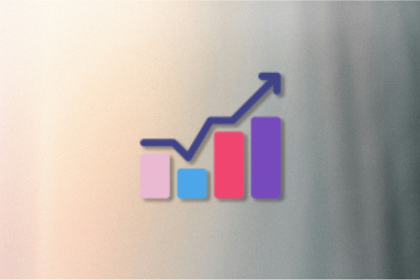
Stop letting unreliable data block features. Treat data as inventory to track quality, ownership, and ship with confidence.
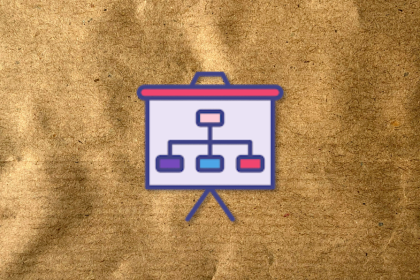
Learn why slide decks slow teams down and explore better tools like whiteboards, PRDs, and prototypes to improve collaboration and alignment.
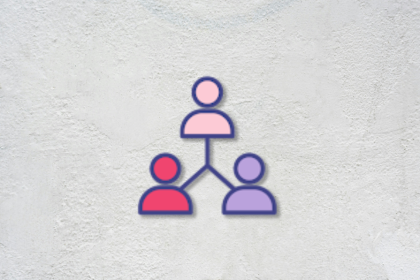
AI PM roles are evolving fast. Learn the five types of AI PMs, the skills they need, and how they shape AI products across industries.
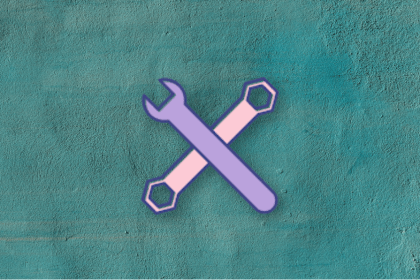
Learn how you can use AI agents to automate workflows, boost productivity, and choose the right tools while avoiding common pitfalls.